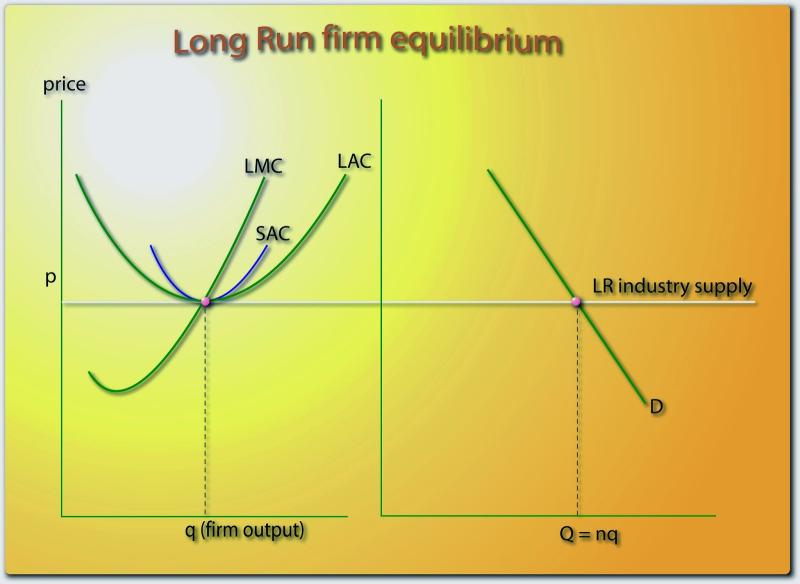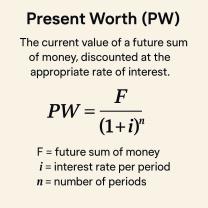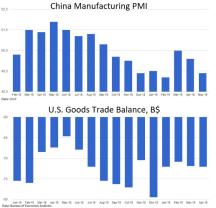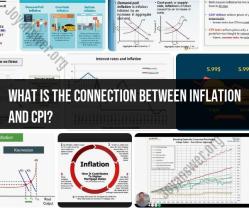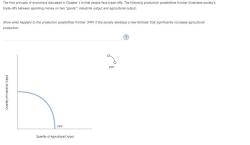How to calculate an equilibrium equation in economics?
In economics, equilibrium equations are used to find the point at which supply equals demand or where various economic forces balance out. The concept of equilibrium is fundamental to understanding market dynamics and is typically applied in microeconomics. There are various methods and approaches to calculate equilibrium equations, and the specific method used depends on the context and the economic model being applied. Here are some common methods and applications:
Graphical Method:
- Graphical analysis is often used to find equilibrium in supply and demand models.
- Draw supply and demand curves on a graph where the x-axis represents the quantity and the y-axis represents the price.
- The equilibrium occurs at the point where the two curves intersect. This point represents the price and quantity at which supply equals demand.
Algebraic Method:
- For linear supply and demand functions, you can set the equations equal to each other to find the equilibrium.
- For example, if the demand equation is Qd = a - bP and the supply equation is Qs = c + dP, you can set Qd = Qs and solve for P to find the equilibrium price.
Market Clearing Condition:
- In more complex models, equilibrium is often defined by a market clearing condition, where the quantity supplied equals the quantity demanded. This can be expressed as Qs = Qd.
- To find the equilibrium price, you may need to rearrange the equations to solve for price (P).
Solver Tools in Software:
- In many economic and spreadsheet software, you can use solver tools to find the equilibrium point.
- Define the equations for supply and demand, set them equal to each other or as a market clearing condition, and use the solver to find the equilibrium price and quantity.
Numerical Methods:
- In cases where equations are non-linear or complex, numerical methods such as iteration (e.g., Newton-Raphson method) can be used to find the equilibrium.
- These methods involve iteratively refining your estimates of the equilibrium until you reach a satisfactory solution.
Shift Analysis:
- Equilibrium can also be affected by changes in factors such as taxes, subsidies, or changes in consumer preferences. Analyze the effects of these shifts on the equilibrium position by assessing how they impact supply and demand.
Game Theory:
- In situations involving strategic interactions, game theory is used to find equilibrium outcomes. This can include scenarios like the Nash equilibrium in duopoly or oligopoly markets.
Computational Models:
- In complex economic models, computational methods, including agent-based modeling and simulations, are used to find equilibrium under various assumptions and scenarios.
It's essential to choose the appropriate method based on the specific economic model and situation you are analyzing. Whether it's a simple supply and demand curve analysis or a complex economic model, the goal is to find the point where supply equals demand, and economic forces are in balance.
Calculating Equilibrium Equations in Economics: A Practical Guide
Economic equilibrium is a fundamental concept in economics that describes a state where supply and demand are equal. This means that the quantity of a good or service that producers are willing to supply is equal to the quantity that consumers are willing to demand at a given price.
There are two main types of economic equilibrium: market equilibrium and general equilibrium.
Market equilibrium occurs in a single market for a particular good or service. It is the price at which the quantity of a good or service that suppliers are willing to sell is equal to the quantity that consumers are willing to buy.
General equilibrium occurs when all markets in an economy are in equilibrium simultaneously. This means that the prices of all goods and services are at levels such that there are no shortages or surpluses in any market.
Calculating equilibrium equations
The equilibrium equations for market equilibrium and general equilibrium are derived from the supply and demand curves for the goods or services in question.
- Market equilibrium equation:
Qd = Qs
Where:
Qdis the quantity of the good or service that consumers are willing to demand.Qsis the quantity of the good or service that producers are willing to supply.General equilibrium equation:
Qd(p1, p2, ..., pn) = Qs(p1, p2, ..., pn)
Where:
Qdis the quantity of the good or service that consumers are willing to demand, as a function of the prices of all goods and services in the economy.Qsis the quantity of the good or service that producers are willing to supply, as a function of the prices of all goods and services in the economy.
Practical guide
To calculate equilibrium equations in economics, you will need to follow these steps:
- Identify the goods or services for which you want to calculate the equilibrium equations.
- Specify the supply and demand curves for the goods or services.
- Substitute the supply and demand curves into the equilibrium equation.
- Solve the equilibrium equation for the equilibrium price and quantity.
Mastering Economic Equilibrium Formulas
Economic equilibrium formulas are a set of mathematical equations that describe the conditions under which a market or an economy is in equilibrium. These formulas are essential for understanding how markets work and how they are affected by changes in supply, demand, and other factors.
Some of the most important economic equilibrium formulas include:
- The demand function:
Qd = f(p)
Where:
Qdis the quantity of the good or service that consumers are willing to demand.pis the price of the good or service.The supply function:
Qs = h(p)
Where:
Qsis the quantity of the good or service that producers are willing to supply.pis the price of the good or service.The equilibrium price:
p* = Qd/Qs
Where:
p*is the equilibrium price.Qdis the equilibrium quantity.Qsis the equilibrium quantity.
Mastering these formulas will give you a strong foundation in economic equilibrium analysis.
Navigating Economic Equilibrium Analysis
Economic equilibrium analysis is a branch of economics that studies the conditions under which markets and economies are in equilibrium. This analysis is used to understand how markets work, how they are affected by changes in supply, demand, and other factors, and how policies can be used to influence market outcomes.
Some of the key concepts in economic equilibrium analysis include:
- Market efficiency: The ability of a market to allocate resources efficiently.
- Market failure: A situation in which a market fails to allocate resources efficiently.
- Public policy: Government interventions in markets to achieve specific goals.
Economic equilibrium analysis is a complex and challenging subject, but it is also one of the most important areas of study in economics. By understanding economic equilibrium analysis, you can gain a deeper understanding of how markets work and how they can be influenced by policy.
